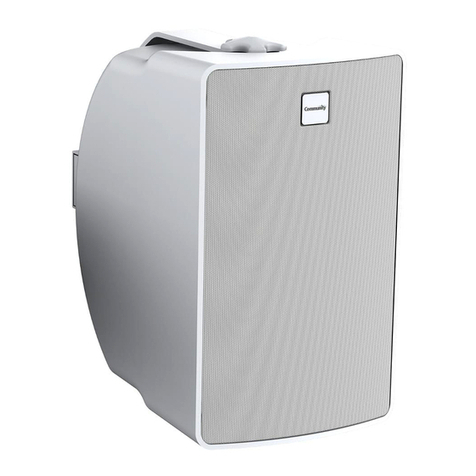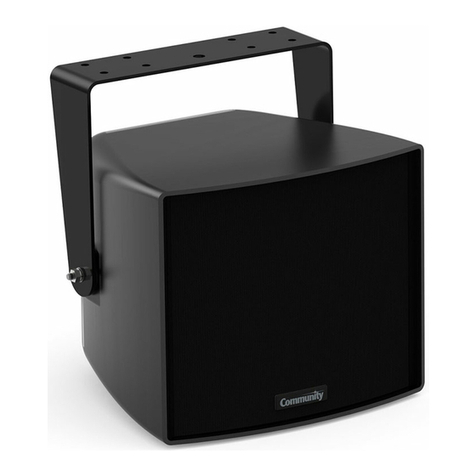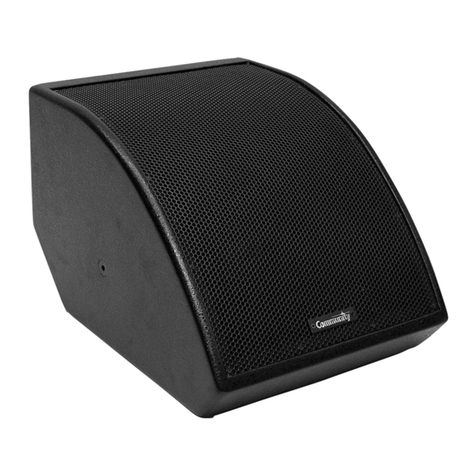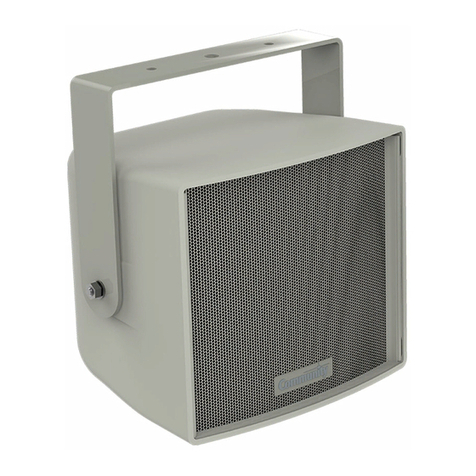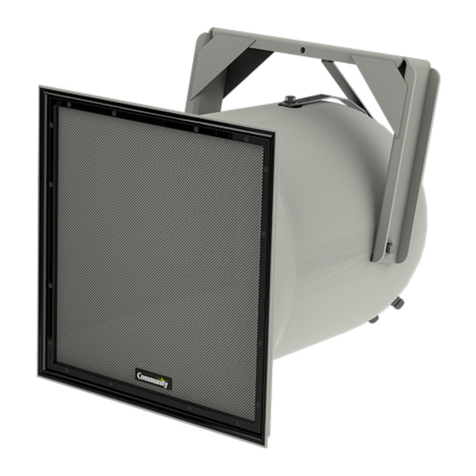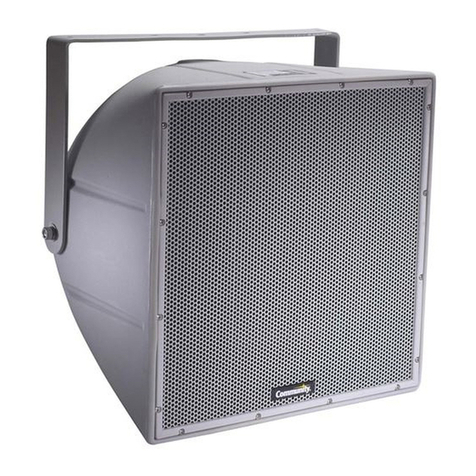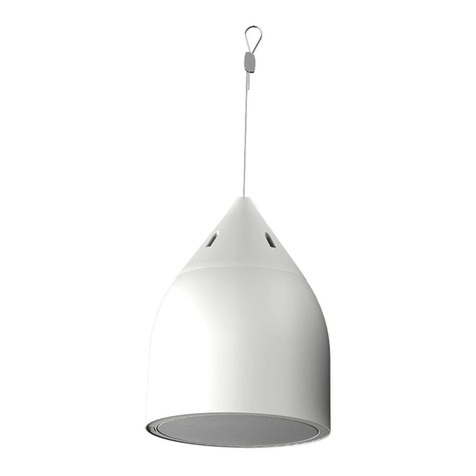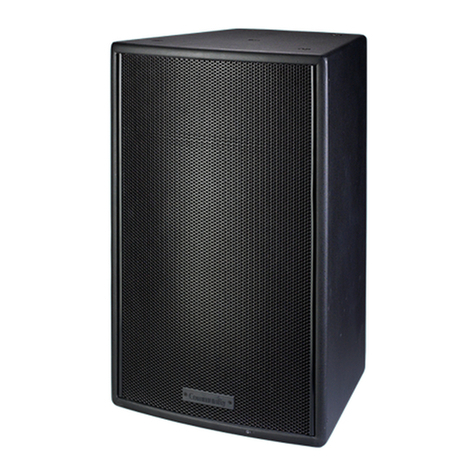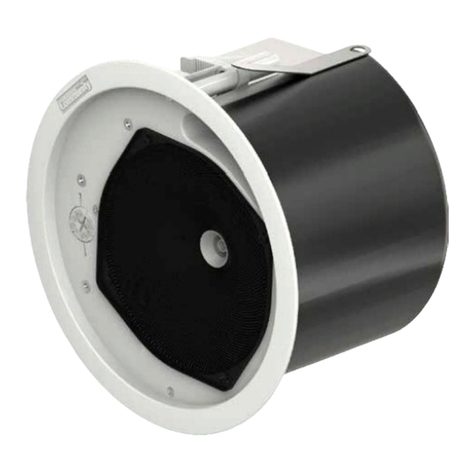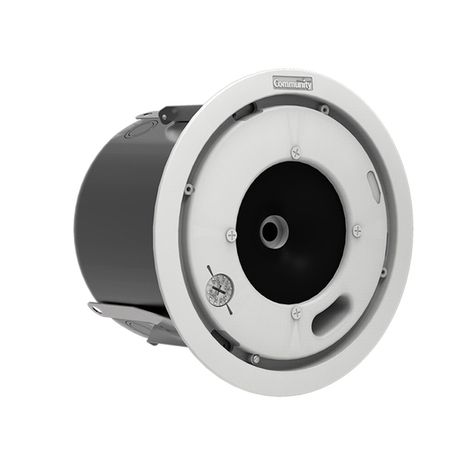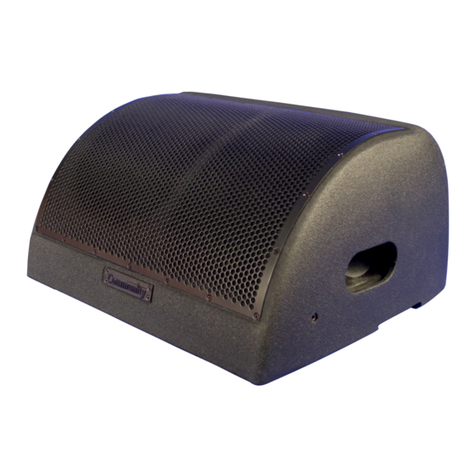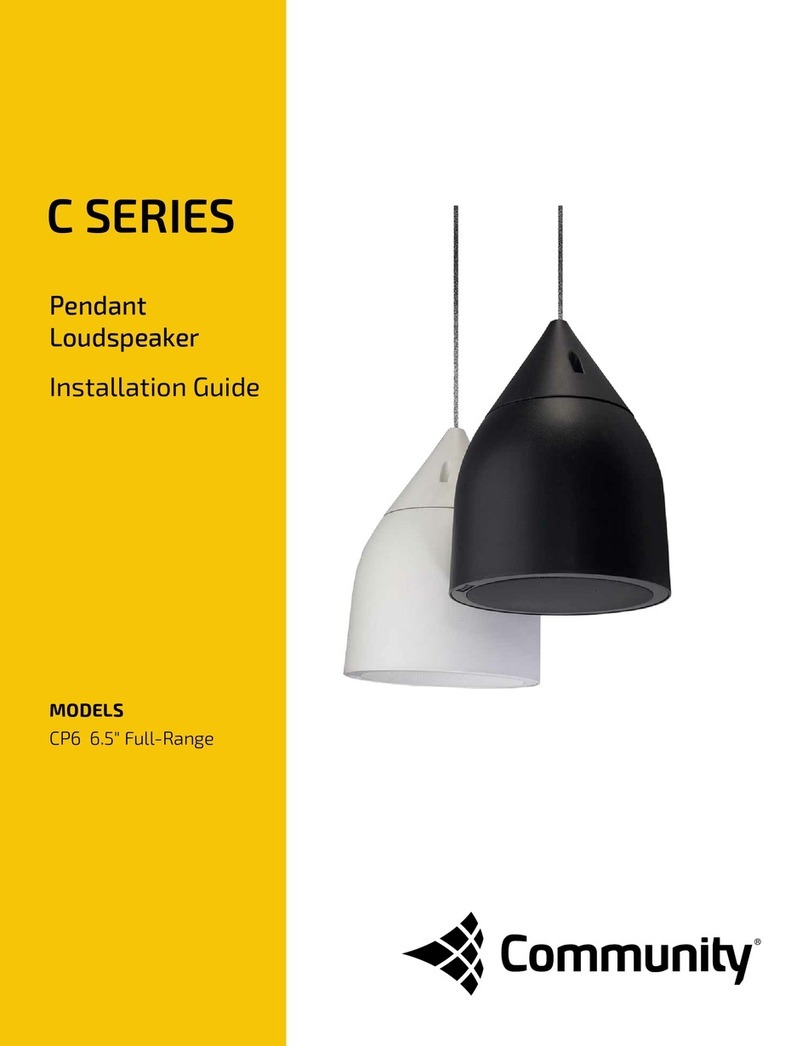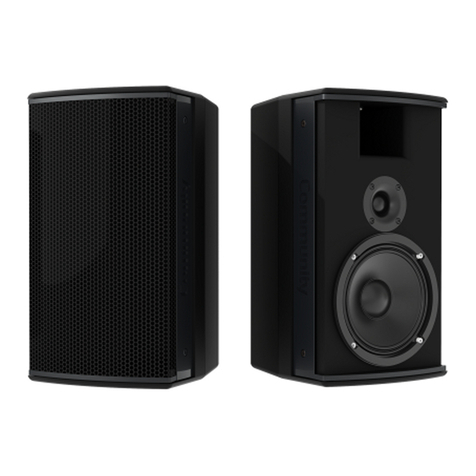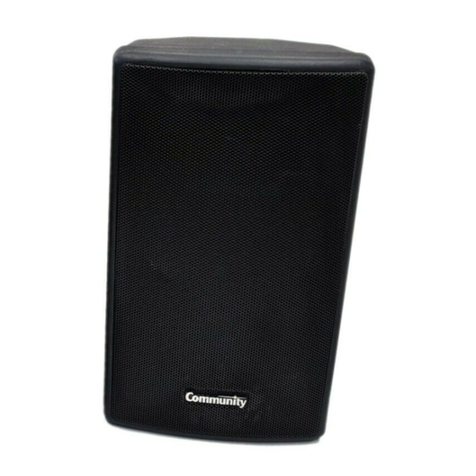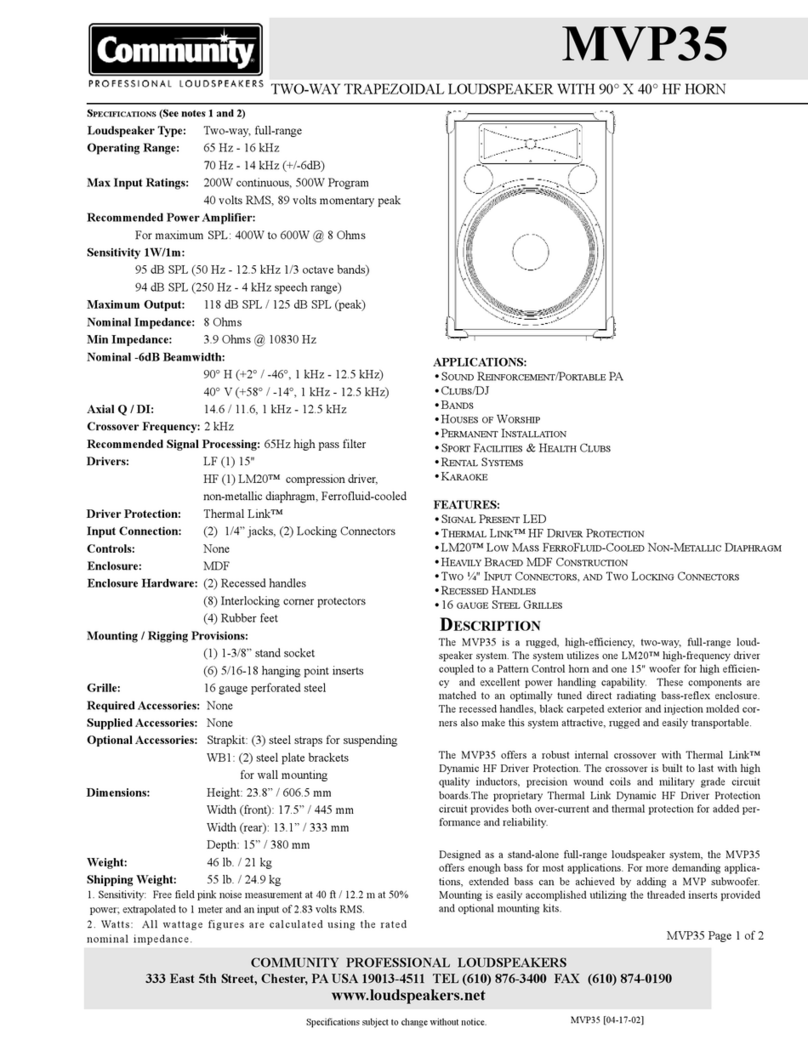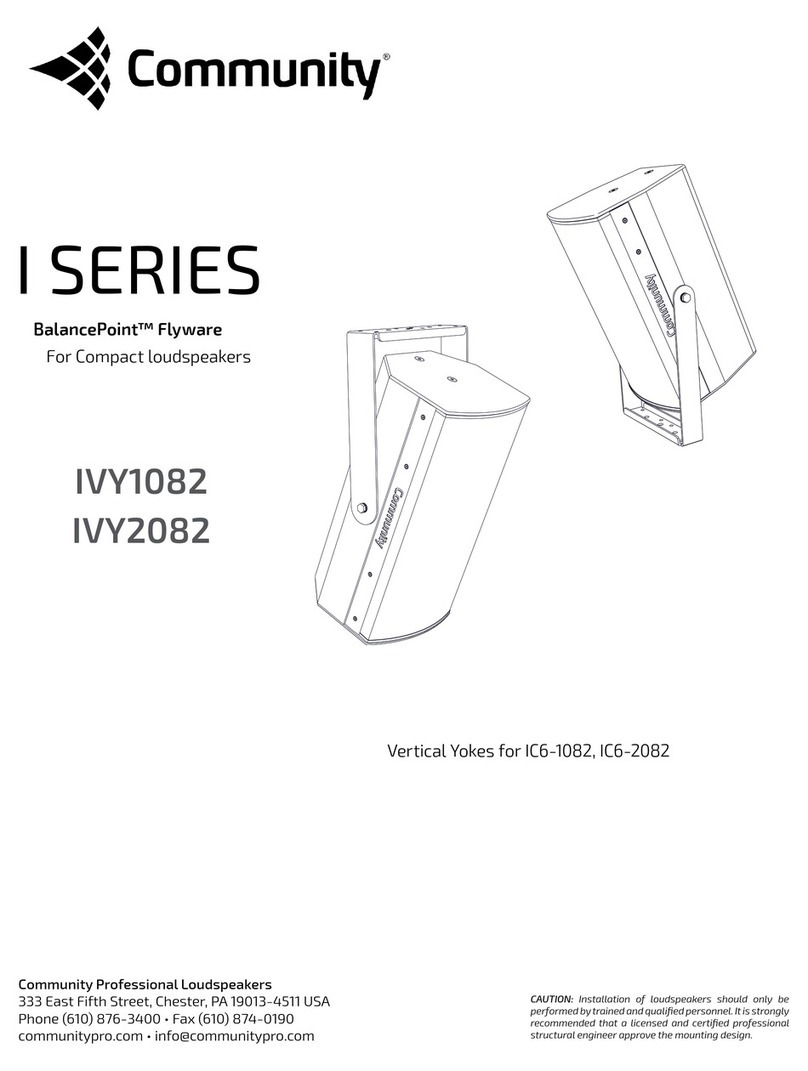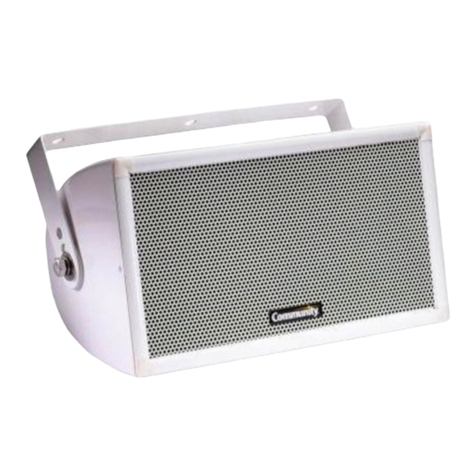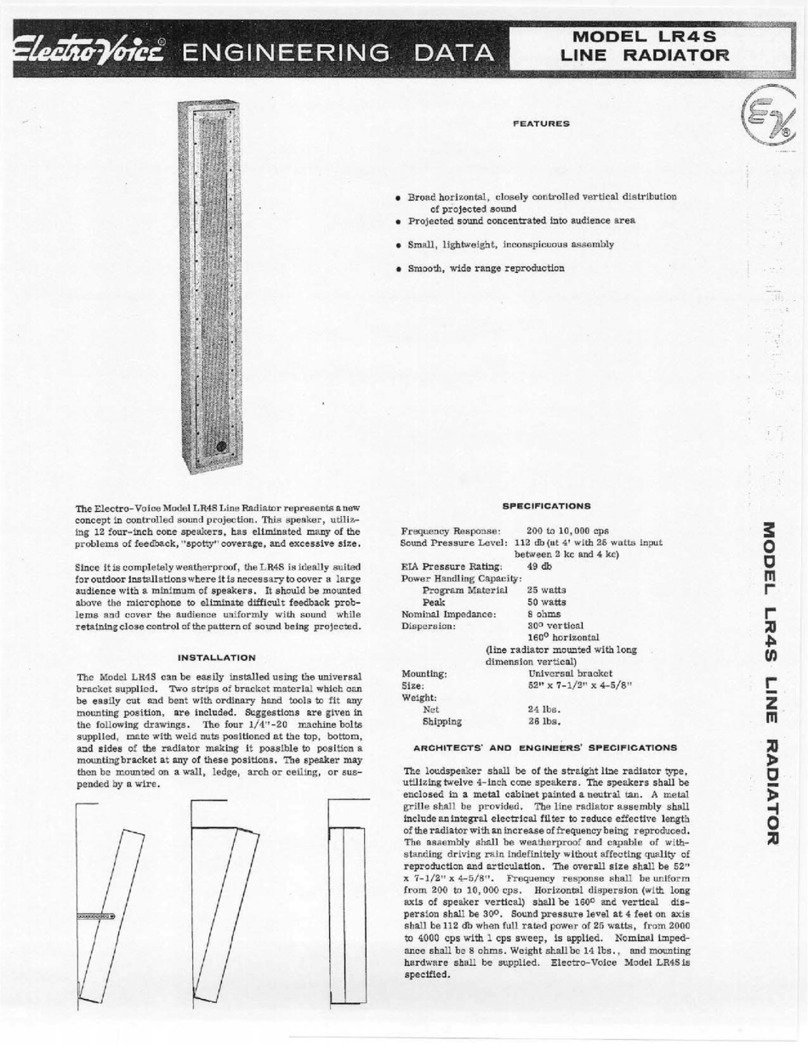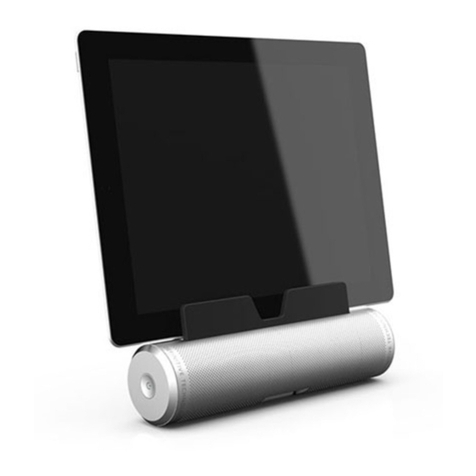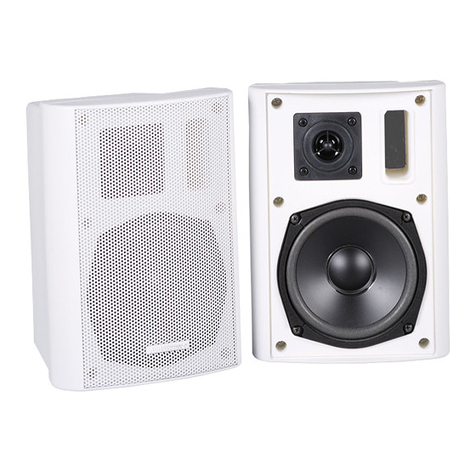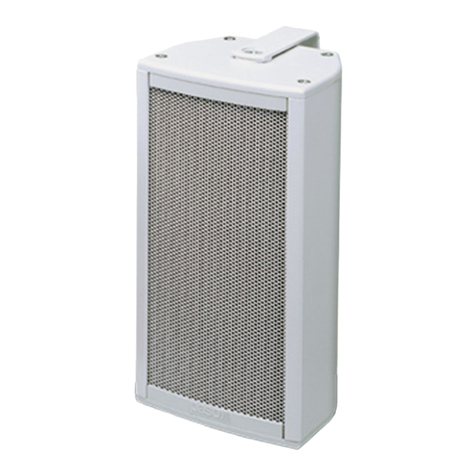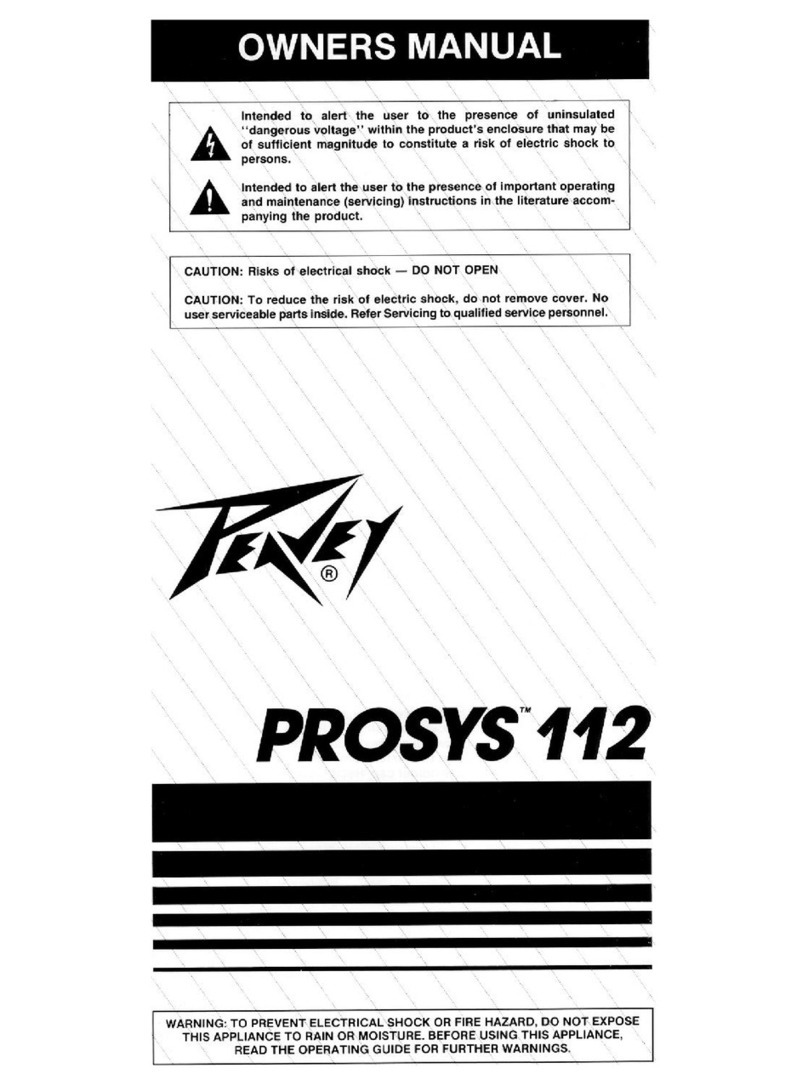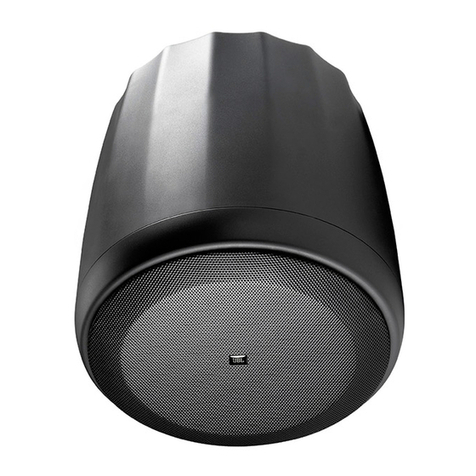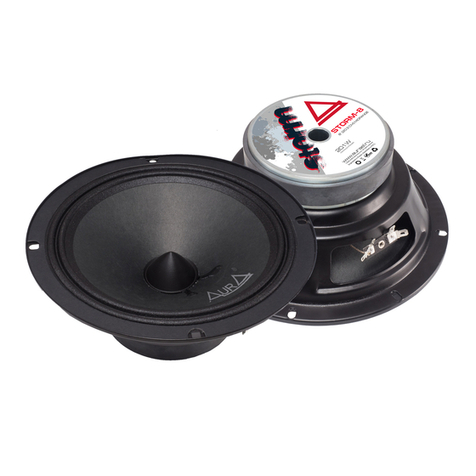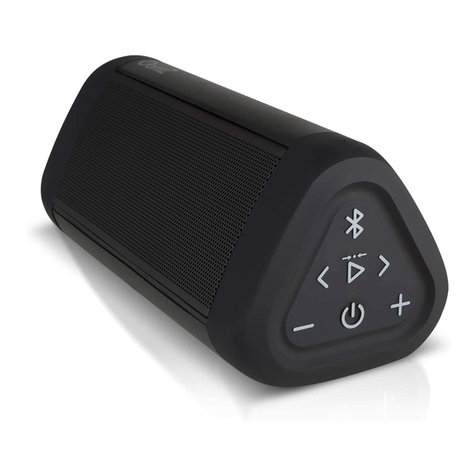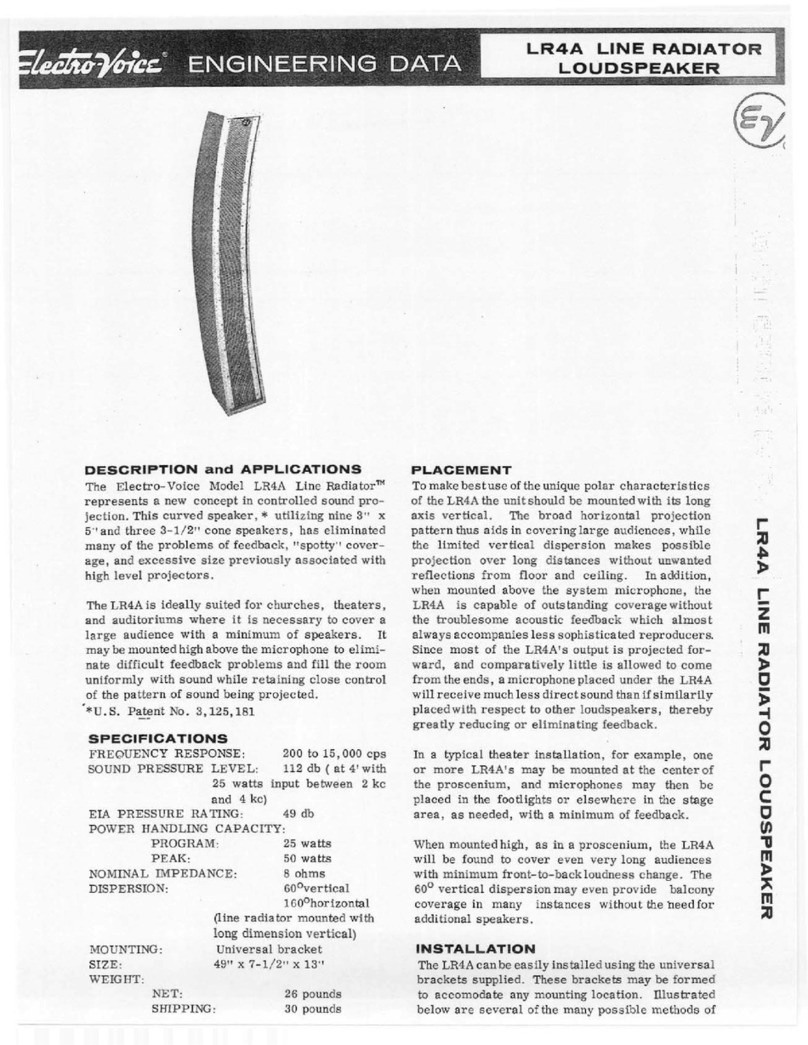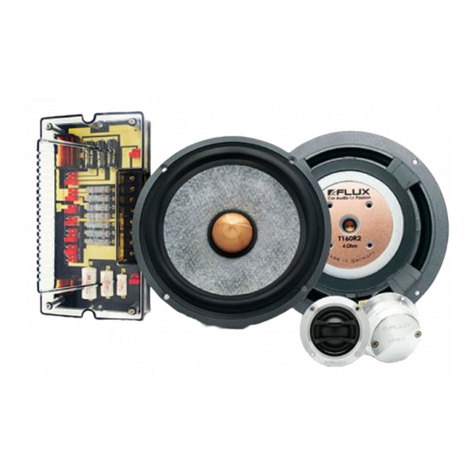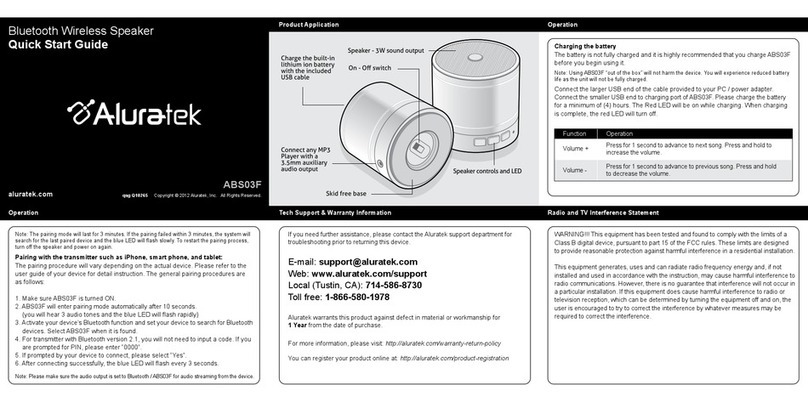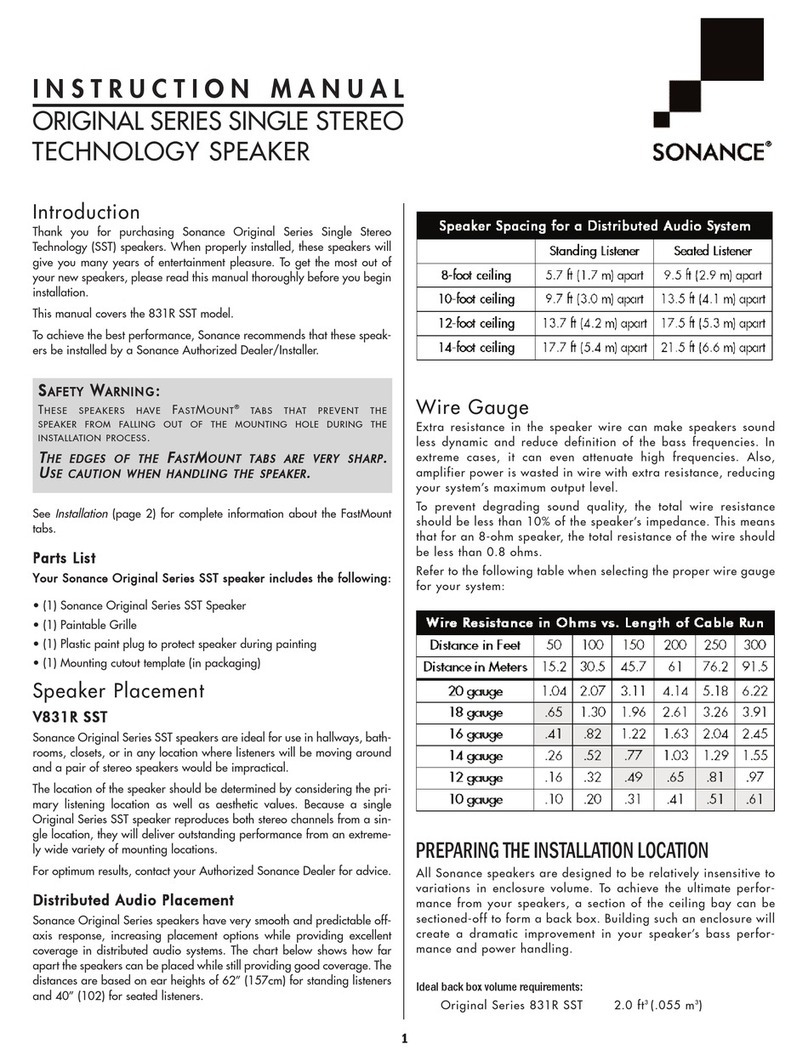
Community VERIS Series - Operation and Installation Manual - Page 6
PRECAUTIONS & SAFETY CONSIDERATIONS
English
The loudspeakers described in this manual are designed and intended to be ‘flown’ or
suspended for maximum acoustical performance using a variety of rigging hardware,
means, and methods. It is essential that all installation work involving the suspension of
these loudspeaker products be performed by competent, knowledgeable persons who
understand safe rigging practices. Severe injury and/or loss of life may occur if these
products are improperly installed. Please read the section on rigging for additional
information.
Français
Les haut-parleurs décrits dans ce manuel sont conçus et sont projetés pour être ‘volé’ ou
suspendu pour l'exécution acoustique maximum utilisant une assortiment d'équiper
matériel, les moyens, et les méthodes. C'est essentiel que tout travail d'installation ait
impliqué la suspension de ces produits d'haut-parleur est exécutée par les personnes
compétentes et entraînées qui comprennent équiper les pratiques sûres. La perte sévère
de et/ou de blessure de vie peut arriver si ces produits sont incorrectement installés. S'il
vous plaît lire la section d'équiper pour l'information supplémentaire.
Deutsch
Die Lautsprecher, die in diesem Handbuch beschrieben werden, sind entworfen und sind zu
sein ‘geflogen' vorgehabt oder sind für maximale hörbare Leistung verschiedene
Manipulierenhardware, Mittel, und Methoden suspendiert benutzend. Es ist wesentlich,
dass alle Installationarbeit, die die Aufhängung von diesen Lautsprechernprodukten
verwickelt, von fähigen, ausgebildeten Personen durchgeführt werde, die sichere
Manipulierenpraxis verstehen. Schwere Verletzung bzw. Verlust des Lebens können
stattfinden, wenn diese Produkte unrichtig installiert sind. Bitte lesen Sie den Abschnitt
über Manipulieren für zusätzliche Informationen.
Italiano
Gli altoparlanti descritti in questo manuale sono disegnati e sono intesi essere ‘volato' o
sospeso per la prestazione massima acustica usando una varietà di attrezzare di hardware,
i mezzi, ed i metodi. È essenziale che tutta il lavoro di installazione coinvolgendo la
sospensione di questi prodotti di altoparlante è eseguita da dalle persone competenti,
addestrate che capisce le pratiche di attrezzare di cassaforte. La lesione severe e/o la
perdita di vita possono accadere se questi prodotti sono erratamente installati. Per favore
di leggere la sezione di attrezzare per le ulteriori informazioni.
Español
Los altavoces descritos en este manual se diseñan y son pensados ser ‘volado' o suspendido
para el desempeño acústico máximo que utiliza una variedad de aparejar hardware, de
medios, y de los métodos. Es esencial que todo trabajo de la instalación que implique la
suspensión de estos productos del altavoz sea realizado por personas competentes y
entrenada que entienden aparejar seguro las prácticas. La herida y/o la pérdida severas de
la vida pueden ocurrir si estos productos se instalan impropiamente. Lea por favor la
sección a aparejar para la información adicional.
Installation of loudspeakers should only be performed by trained and qualified personnel. It is strongly
recommended that a licensed and certified professional structural engineer approve the mounting design.
